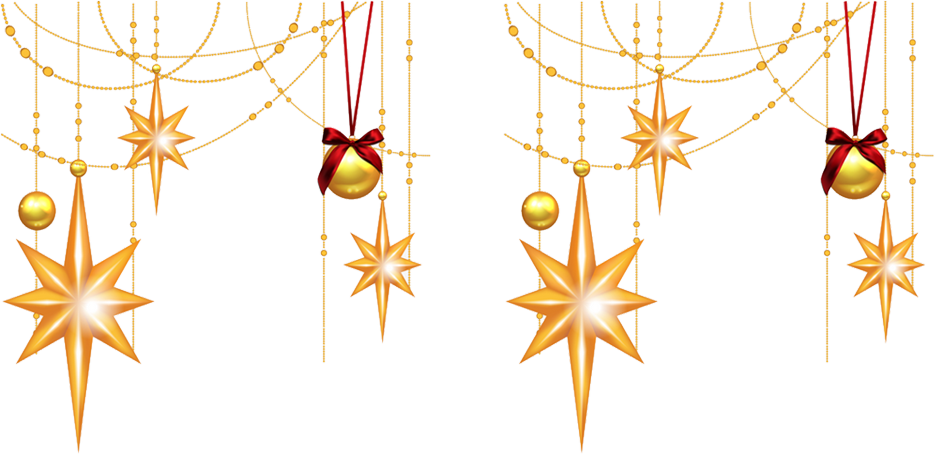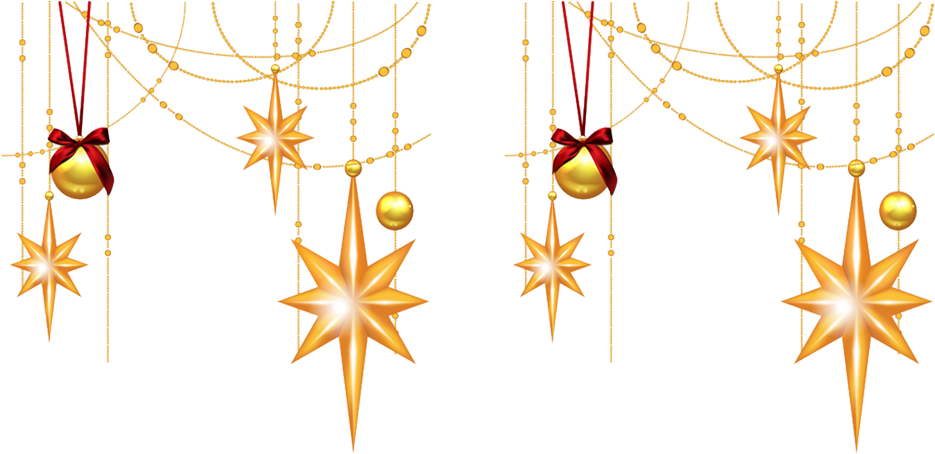All Wood is Not Created Equal

Oak, debris, beech, maple, birch – these are among the most famous species for hardwood flooring in the US (however they are in no way, shape or form a total rundown). They are altogether American trees. They are generally accessible in a wide assortment of shadings and board sizes. Overall, are equivalent. And keeping in mind that they have different similitudes, they are certainly not in no way different.
Here are a portion of the contrasts between a couple of the most famous ground surface woods. We are not marking any qualities as expert or con, since they will generally involve individual inclination.
Oak, particularly red oak (the name of the tree, not portraying the shade of the wood) is the most widely recognized wood utilized for ground surface in North America. Red oak holds wood recolors uniformly and can be found in numerous tones. It tends to be light or dim, yet the grain design is quite often self-evident. The quality and consistency of the grain design is a trademark purchasers search for, and it influences the cost. The more reliable the grain, the more costly the floor will be.
Significantly harder than oak: play clubs and hatchet handles are normally produced using debris. The sapwood of a debris tree is cream-shaded extending to practically dead white, and its heartwood is tan to dim earthy colored. The grain design, while evident, isn’t as articulated as in oak. Light tone and reliable grain design are the most attractive attributes of debris, and gently recolored debris sapwood floors are commonly more well known in the market.
On the furthest edge of the hardness range from debris is pine, actually not a hardwood by any means, however its hardness differs between species. Pine is known as a character wood as a result of its pinholes and bunches, and its non-abrasiveness implies it will before long have extra imprints and gouges. A great many people think about this to add to its character. Pine heartwood is the hardest and haziest wood of the tree. Heart-pine is valued for its common tone, and it wears in a way that is better than sapwood. As you would expect, it’s additionally more costly.
Maple is a light-hued, close-grain hardwood, implying that its grain design is moderately unpretentious. It’s amazingly hard and gouge safe. Maple floors will in general be light mostly on the grounds that the wood is normally light-shaded, yet additionally in light of the fact that it doesn’t ingest dim stains well indeed – dull recolored maple will in general be smudged. All woods change tone after some time, and maple will in general turn out to be more yellow as it ages. The more clear the maple, the more costly it will be. Normal blemishes, for example, mineral streaks and pin ties bring down the evaluation – and the cost.
We have latest designs and trends of bedroom flooring, kitchen flooring, bathroom flooring, flooring accessories and free sample services store in Birmingham




